If you’ve been thinking about adding a pool to your backyard but have been discouraged by the high cost of traditional in-ground pools, you may want to consider a cinder block pool. These pools are economical and easy to install, but they do require some waterproofing. In this article, we will answer some common questions about waterproofing a cinder block pool and provide some useful tips that will help make the process go smoothly.
What are the Cinder Blocks?
Cinder blocks are rectangular blocks of solid concrete that are made by pouring a mix of sand, gravel, and cement into molds. The blocks are then cured (hardened) in a kiln. These blocks are very strong and durable and can be used for various applications, including building swimming pools.
Cinder block pools have become increasingly common in recent years because they are relatively inexpensive to build and easy to maintain. However, one downside to cinder block pools is that they are not waterproof and can leak if not properly sealed. And soon enough we will discuss how to protect cinder block pool from water so that you can enjoy it for years to come. [1], [2], [3]
Why Would You Need to Waterproof Your Cinder Block Pool?
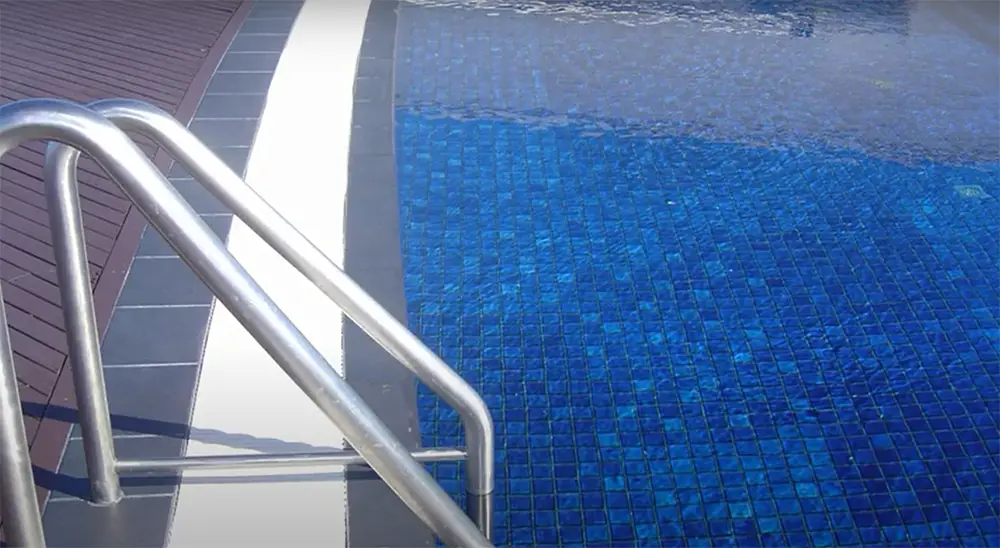
Waterproofing a cinder block pool is important to prevent water from seeping through the blocks and damaging the surrounding soil or structure. Water can also cause the mortar between the blocks to deteriorate, which can lead to further leaks.
You could wind up spending a lot of money and time on repairs if you don’t safeguard your cinder pool from water. As a result, it is highly recommended that you seal your pool thoroughly to avoid water damage. [1], [2], [3]
Why Are Cinder Blocks so Vulnerable to Water?
One of the main reasons cinder block pools are vulnerable to water is that the blocks are very porous, even compared to concrete. They contain small pores or spaces that allow water and other fluids to pass through them.
In addition, cinder blocks walls are not very thick and tend to absorb water quickly, which leaves the porous core vulnerable. This can cause the blocks to swell and crack, which will lead to even more leaks.
So if you want to protect your cinder block pool from moisture damage, it is important to take the time to seal it properly with a waterproofing coating. [1], [2]
When Should I Waterproof My Cinder Block Pool
If you are not sure whether or not your cinder block pool needs to be waterproofed, here are a few telltale signs:
- The water in your pool is murky and greenish in color.
- There is a lot of algae growing on the sides of your pool.
- The walls of your pool look way too damp
If your pool exhibits any of these signs, it is definitely time to waterproof it.
However, even if your pool does not exhibit any of these signs, it is still a good idea to waterproof it every few years as a precautionary measure anyway because it’s better to be safe than sorry. [1], [2]
Negative Consequences of Water Leaks in a Cinder Block Pool
If water leaks into a cinder block pool, it can cause negative consequences such as:
Damage to the pool’s walls
Mold and mildew growth
The effects water damage has on our pool are not just limited to its surface. Water leaks that go unaddressed can lead to mold and mildew, which have been associated with respiratory issues. It creates an unpleasant sight for everyone as well, making your pool look dirty.
What’s worse, in more severe cases it can actually damage the blocks and clog the pool filters.
Efflorescence
Another common side-effect of water damage is efflorescence. Efflorescence is a white, powdery substance that forms on the surface of bricks, concrete and other masonry products. It is caused by water seeping through the pores of the material and dissolving the salt within. The salt then crystallizes when it dries, forming a white powdery residue.
Efflorescence can be difficult to remove and can discolor your pool’s surface. It also creates an unsightly mess and can be quite difficult to clean up.
So if you want to avoid these costly and unsightly consequences, it is important to waterproof your cinder block pool properly.
Now that we have answered some of the most common questions about waterproofing a cinder block pool, let’s take a look at some of the best tips for getting the job done. [1], [2], [4], [[5]
What to Consider When Waterproofing a Cinder Block Pool?
There are a few things to consider when waterproofing your cinder block pool. For a start, make sure that the surface of the pool is level and smooth before you apply the waterproofing material. Next, you need to choose the right type of waterproofing material for your specific needs. Finally, you need to apply the waterproofing material in a consistent and even manner.
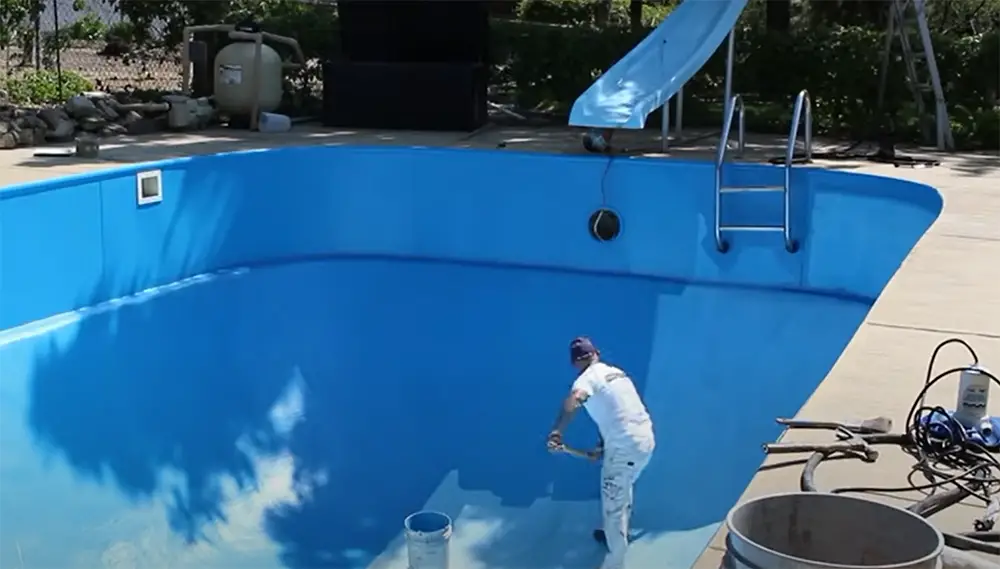
If you are not sure which type of waterproofing material to use, or if you need help applying the material, it is best to consult with a professional. They will be able to help you choose the right material and apply it in a way that will ensure that your pool is properly waterproofed.
What Areas of the Pool are the Most Vulnerable to Leaks?
The areas of the pool that are most vulnerable to leaks are the areas where the cinder blocks meet the concrete. This is because the mortar between the cinder blocks is less durable than the concrete and is more likely to crack and crumble over time.
In order to prevent leaks, it is important to apply the waterproofing material in a consistent manner in these areas to ensure the perfect coverage and sealing. You should also make sure that you cover all of the seams between the cinder blocks and the concrete with waterproofing material.
If you have any features in your pool, like lights or fountains, be sure to waterproof those areas as well but with products specifically designed to them, you really don’t want them to catch a cementitious coating. [1], [3]
Swimming Pool Waterproofing Steps
Now that you know what to consider when waterproofing your pool, let’s take a look at the steps involved.
Clean the Pool Before Proceeding
The first step is to clean the pool. This will remove any dirt or debris that might get in the way or interfere with the application of the waterproofing material.
The best way to clean the pool is to use a pressure washer. If you don’t have a pressure washer, you can use a broom and a bucket of water to clean the surface. Be sure to scrub all of the surfaces of the pool, including the walls, the floor, and the steps. Once the pool is clean, leave it to dry. [1], [7]
Identify the Vulnerable Area
The first step is to identify the vulnerable area. In most cases, the water will enter through the cracks in the blocks. However, it’s also possible for water to seep in through the mortar joints. You will need to cover the whole pool surface, but before that, you may want to give the weakest areas some more attention.
Once you have identified the vulnerable area, mark it with a chalk line. This will help you to apply the waterproofing material in a consistent and even manner.
If you have any features in your pool, like lights or fountains, be sure to mark those areas as well to avoid covering them with coating by accident. [1], [3]
Apply a Cementitious Epoxy Coating
The next step is to apply a cementitious sealer. This will help to protect your pool from water and moisture seeping in. There are several different types of sealers available, so be sure to choose the one that is best suited for your needs. After that, just let the coating to dry completely before you begin swimming in your pool.
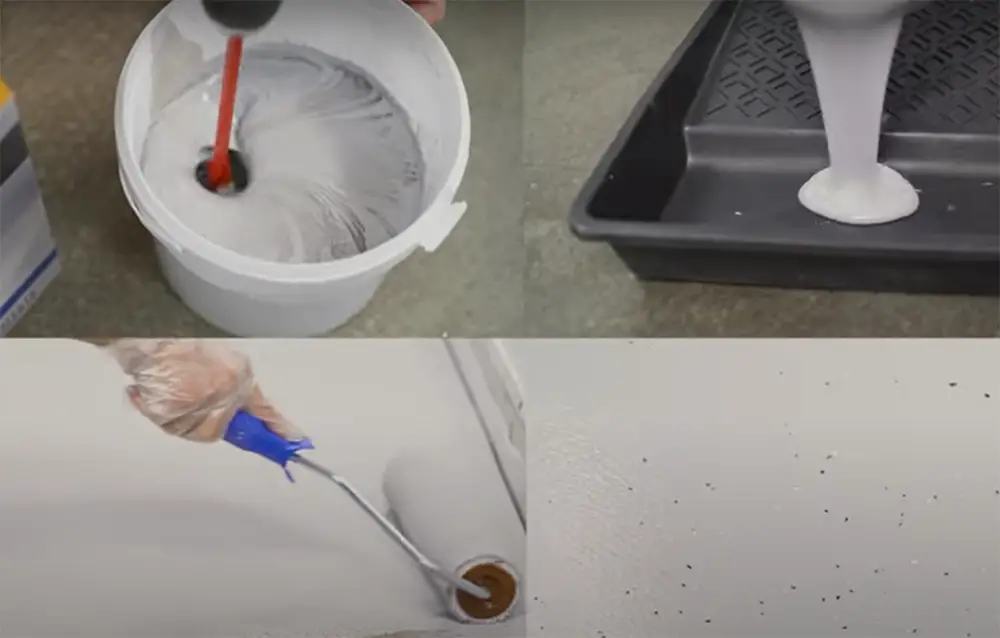
By plastering the pool with a cementitious epoxy coating, you can seal the surface and prevent any water from penetrating. But doing that alone won’t be enough to protect your pool from water damage. [1], [3]
Where exactly to apply the coating?
The sealer needs to be applied in a thin coat. It’s important that you do not apply too much, as this will make the surface slippery.
Start by applying the coating to the bottom of the pool. Work your way up, coating each section before moving on to the next. Be sure to overlap each wall section so that you have a continuous coat.
Once you’ve finished applying the sealant, allow it to dry completely before jumping to the next step. [1], [3]
Use a waterproofing spray
Once the epoxy has dried, you can use a waterproofing spray to further protect your pool. This will help to keep water from entering through the mortar joints. It is better to use a non-polluting waterproofing spray.
Make sure to follow the instructions carefully and allow the spray to dry completely before you begin swimming in your pool. [1]
Add a perfect finish
The final step is to add a perfect waterproof finish to your pool. This will help to protect the sealant and keep it looking good for years to come.
Make sure to cover both horizontal and vertical surfaces and to get into all the nooks and crannies. Some finishes will not only protect your pool from water, but also make it easier to clean.
Once you’ve finished, allow the finish to dry completely before using your pool. It can take anywhere from 12-24 hours for it to fully dry, so plan accordingly.
Now, as with previous coatings, you will need to let it dry before filling your pool with water. [1], [3]
How Else to Protect the Walls of Your Swimming Pool?
In addition to the measures mentioned above, you can also take additional steps to protect the walls of your swimming pool.
One option is to use a rubber pool liner. This will help to keep water from entering the pool through the cracks in the blocks. Pool liners are also beneficial because they add an extra layer of insulation, which can help to keep your pool water warm during the winter months.
Another potential measure is to clean the blocks regularly. This will help to keep any algae or moss from growing, which can cause water damage. [1], [6]
FAQ
Are cinder blocks waterproof?
Cinder blocks are very porous and will allow water to seep through over time. In order to waterproof a cinder block pool, you must take additional steps to prevent water damage.
How do I make my pool waterproof?
There are several ways to make your pool waterproof. One common method is to use a waterproofing membrane such as liquid EPDM or PoolSeal. You can also use a concrete sealer and then cover the pool with a waterproof membrane for extra safety.
Is there waterproof concrete?
Concrete is more waterproof than cinder blocks are, but you still need to cover it with a waterproof coating of some kind. Yes, concrete is less porous, but it can suffer the same damage from water as cinder blocks do.
Can water really damage a swimming pool?
Water can definitely damage a swimming pool if it isn’t properly waterproofed. Damage caused by water can include cracking of blocks, foundation damage, and growth of algae and other bacteria.
Useful Video: How To Waterproof a Swimming Pool
Conclusion
So, if you have a cinder block pool, it’s important to waterproof it. Cinder blocks are far from being water-resistant. In fact, if they are not waterproofed properly, they can suffer extensive damage from water intrusion. This includes everything from mold growth and walls developing holes to efflorescence. If you have a cinder block pool, it is important to take steps to waterproof it properly so that you can avoid expensive repairs in the future.
Thankfully, waterproofing is an easy process that just requires some concrete sealant, waterproof spray, and waterproof finish. Applying these products should help keep your pool looking great and safe for swimming all summer long.
References:
- https://www.radonseal.com/concrete-sealers/articles/cinder-block-sealer.htm
- https://www.winklerchimica.com/us/how-to-waterproof-swimming-pools/
- https://www.poolspamarketing.com/trade/sealing-concrete-pools/
- https://pooltroopers.com/blog/algae-can-it-damage-your-pool/
- https://blog.orendatech.com/weepers-efflorescence-and-other-concrete-pool-shell-problems
- https://sanitred.com/swimming-pool-liner-alternatives/
- https://www.swimuniversity.com/clean-pool/

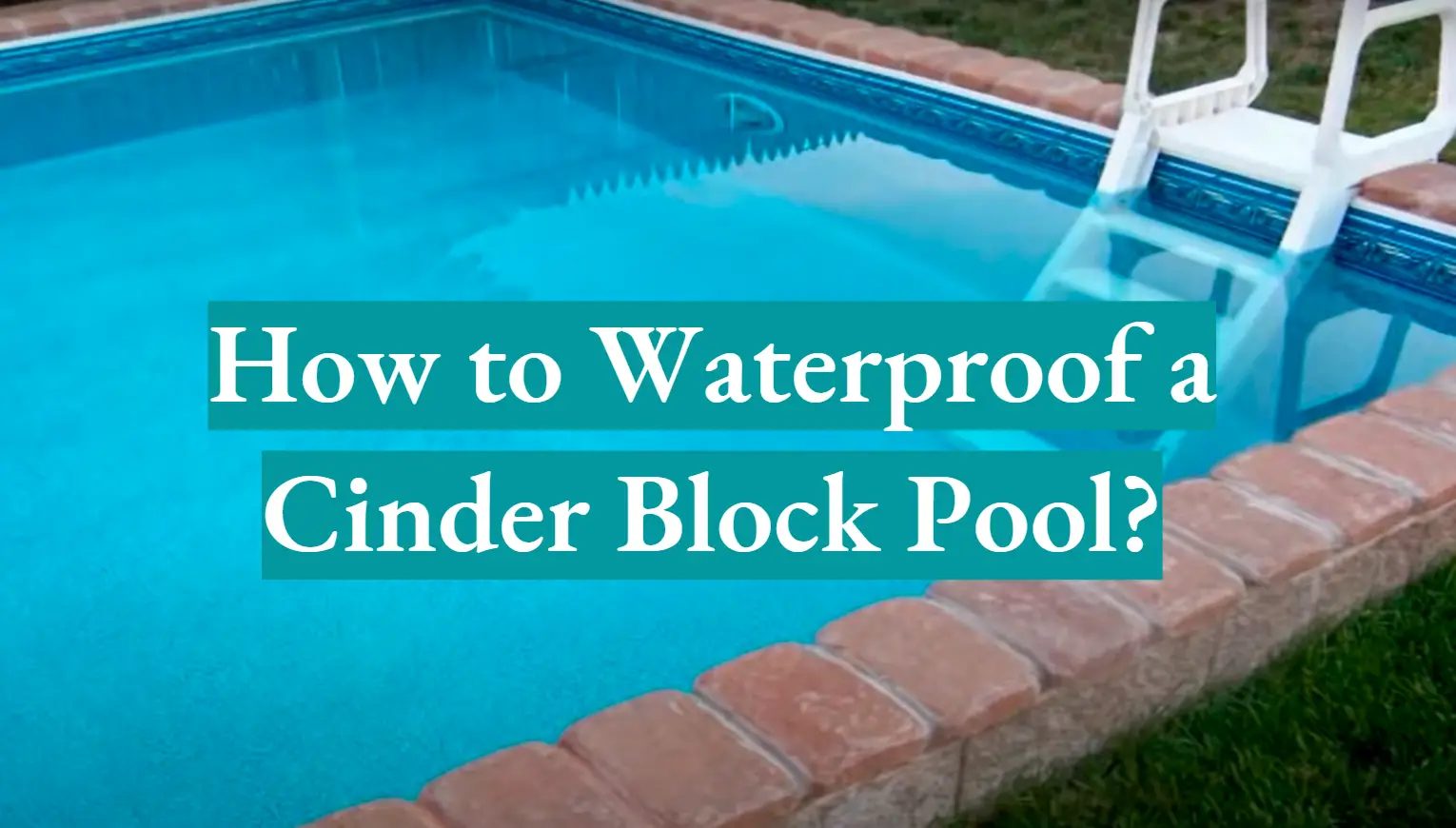
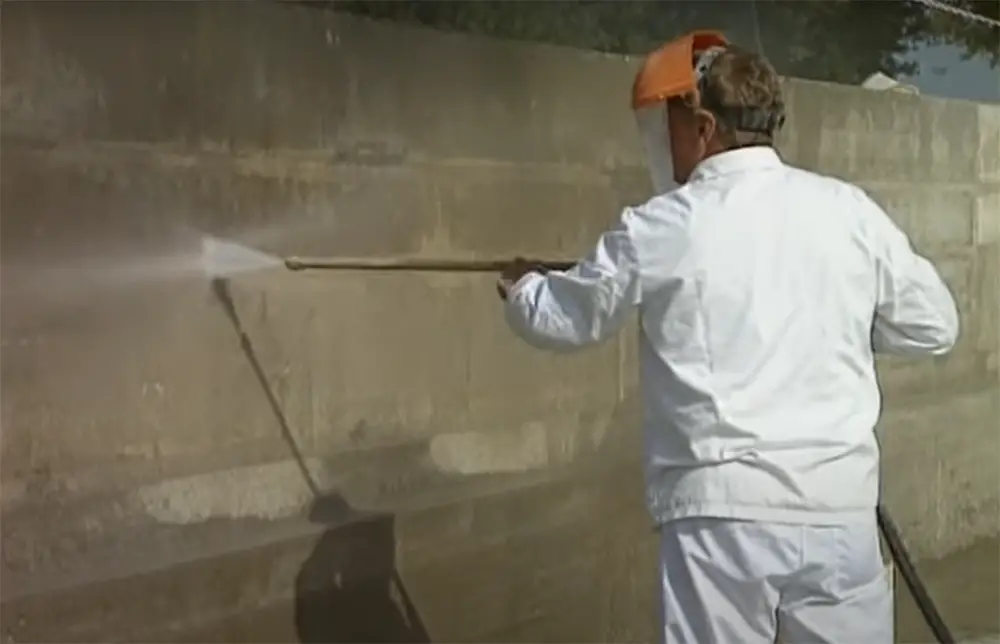
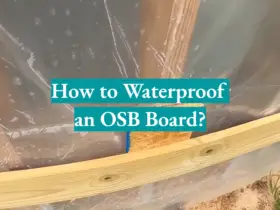
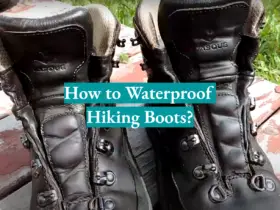
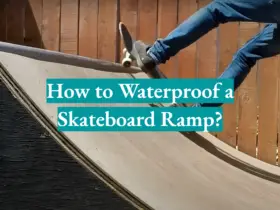
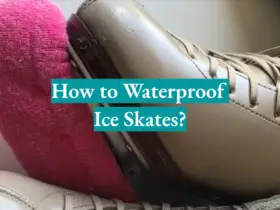
Leave a Reply